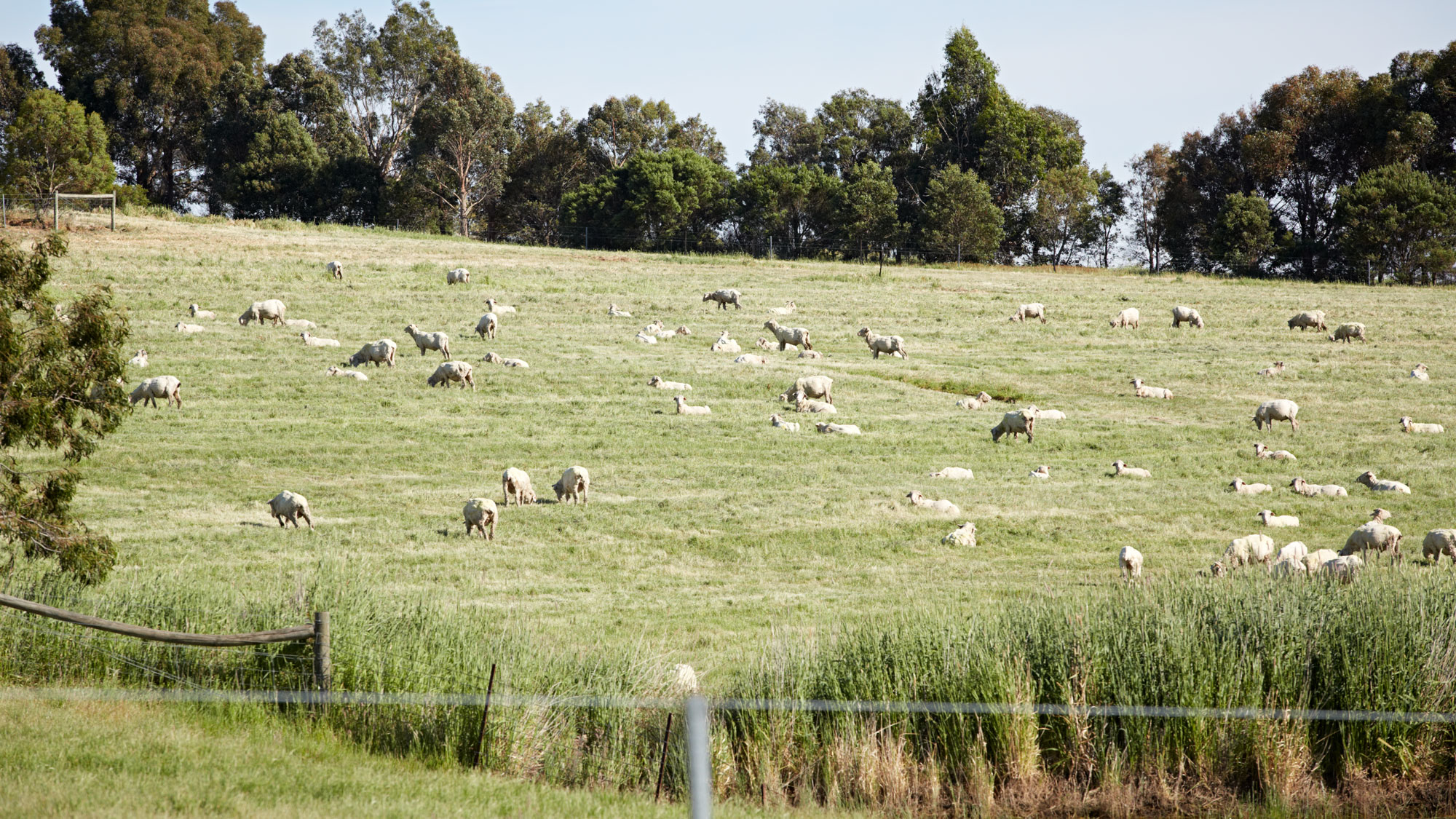Tool 11.9 Management of drench resistance
Management of drench resistance
Drench resistance is widespread in all sheep growing regions of southern Australia. Sheep producers should test the drench resistance status of their sheep every 2–3 years, depending on how many drench groups are effective. Drench resistance is generally said to occur if drenches are less than 95% effective (naphthalophos is one exception). But, in reality, resistance is starting when efficacy falls below 100%.
Worm egg count reduction trial (WECRT)
A simple worm egg count (WEC) test 14 days after drenching will give a rough indication of drench efficacy, especially if the worm count at drenching is known. To properly assess drench resistance status using a worm egg count reduction trial (WECRT), the following guidelines are recommended:
- Select undrenched lambs or weaners (young sheep give the best correlation between worm burden and faecal egg counts) with WEC greater than 250–300 eggs per gram (EPG).
- About 15 sheep should be allocated to each group.
- The number of groups required depends on how many drenches and combinations are being tested.
- An additional group that remains undrenched is used as a control group.
- Sheep are randomly allocated to groups and each group clearly identified with either coloured ear tags, zip-ties on the existing ear tag, or recorded on their eID tag.
Note that the predicted efficacy of combination drenches can be assessed using the WormBoss Combination drench efficacy calculator, which reduces the number of sheep required for the drench test.
Weigh the lambs and calibrate the dose of drench based on the heaviest in each group or drench each sheep according to its individual bodyweight. Treat each sheep, except those in the control group, then run the sheep as one mob. Note that taking samples from a selection (15 head) of undrenched sheep on the day of treatment provides an ‘untreated control’ count that can be used instead of leaving one group of sheep untreated.
Collect faecal samples 14 days after drenching from all lambs in each group. Collect faeces directly out of the rectum using a gloved hand. Collect a sample (10-15 g) from each sheep into a separate container for each sheep. Exclude air from the top of the container by filling the container with dung sample. Mark the sample containers clearly. Keep the samples cool and shaded, but do not refrigerate, and send them to the lab as soon as possible (within 24 hours). Sealing the containers tightly to prevent air getting in is an important way to prevent samples degrading before they get to the lab.
Drench efficacy is calculated by comparing the average WEC of each group with the control WEC. Species efficacy can be compared if larval cultures are done on each group.
Though the steps of a WECRT might sound complex and overwhelming, they are an excellent way to collect information specific to your property and there are many advisors who can assist you to do this on-farm, including veterinarians, livestock advisor, animal health company reps and state department of primary industries employees.
Discuss results with your veterinarian or livestock advisor.
Strategies to minimise drench resistance
- Always drench introduced sheep with 4 chemically unrelated actives including a novel drench, e.g., a macrocyclic lactone (ML), white benzimidazole and clear levamisole drench combination, plus monepantel or derquantel.
- After quarantine drenching, hold mobs in small paddocks for 3 days to allow work eggs in gut to pass.
- check WEC 14 days after arrival to ensure 100% worm kill (see tool 11.5).
- Test drench efficacy and use effective drenches at critical times, such as summer drenching
- Rotate drench groups utilising combination drenches to avoid reliance on one group. Utilise novel drenches like monepantel (Zolvix®) and derquantel (Startect®)
- Minimise drench frequency, especially in adult sheep
- Drench only after monitoring
- Utilise long-acting drenches with a primer (effective short acting drench) and an exit or tail cutter drench (effective short acting drench). This allows the best use of the product but minimise the risk of developing resistance
- In most regions, preferably use one summer drench
- Reduce exposure of young sheep to heavily contaminated pasture by:
- 6-monthly swapping sheep and cattle or Smart Grazing or grazing young sheep on new pastures
- Rotational grazing (>50 days rest) – appears to be very effective at controlling barber's pole worm, but is less effective for other worms
- Long-term selection for low WEC will help reduce drench frequency (also consider low dag in winter rainfall regions)
- Ensure sheep maintain condition score targets and consider protein supplements for pregnant ewes in summer rainfall regions (good nutrition improves sheep resilience to worms).
In regions with low worm survival over summer (such as Western Australia), research suggests leaving adult sheep undrenched, provided they are in good condition and appear healthy. This strategy is not recommended for high-rainfall regions where worm larval survival in summer is higher.






